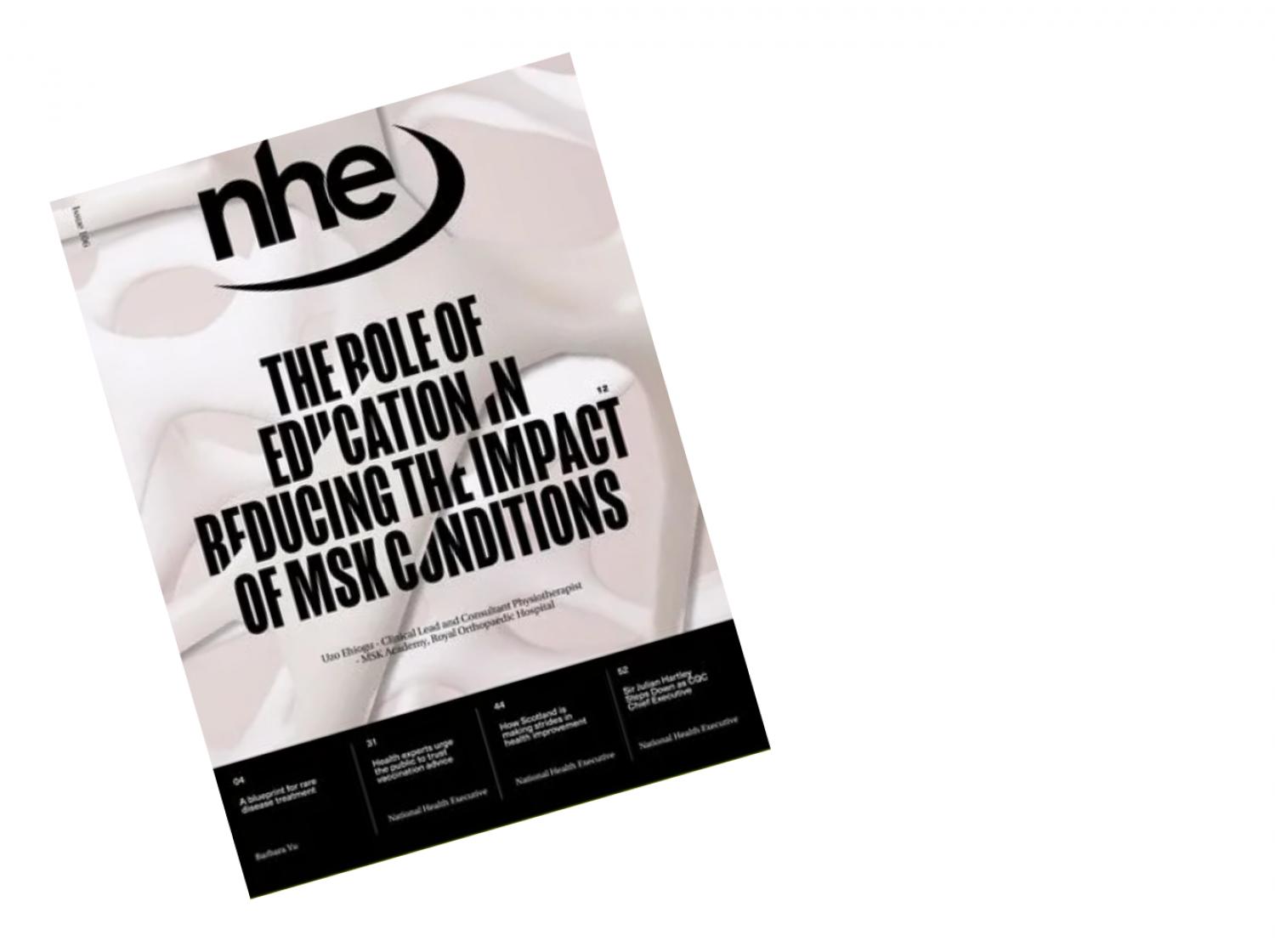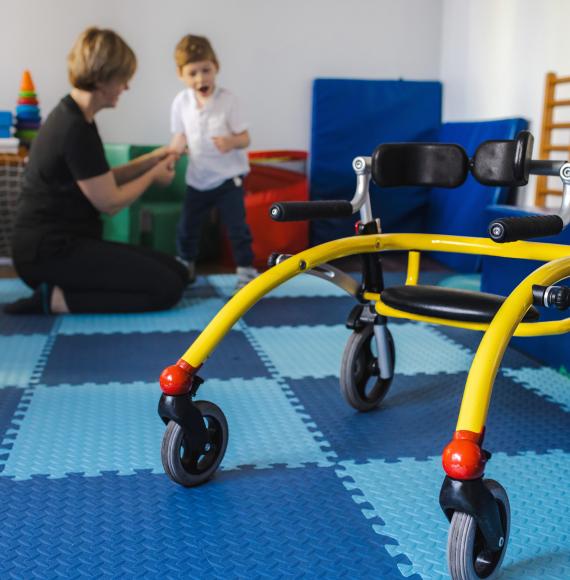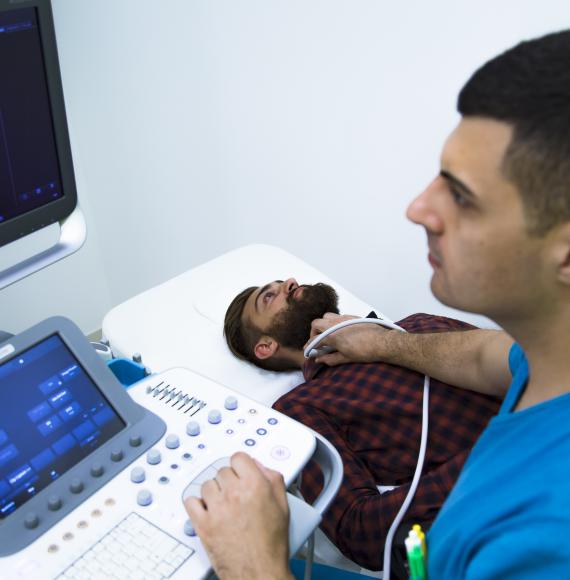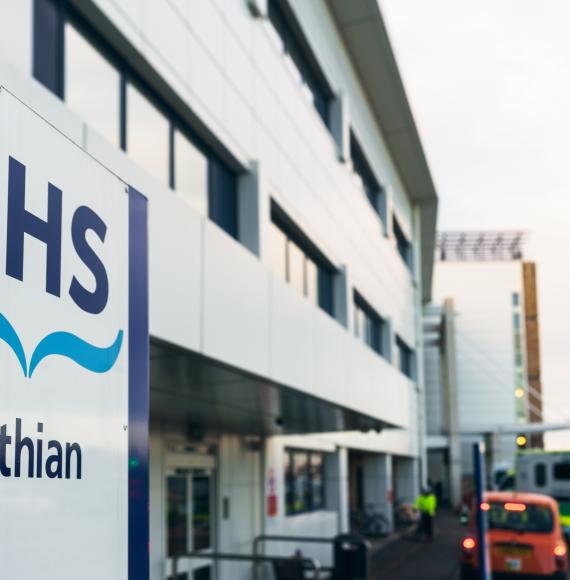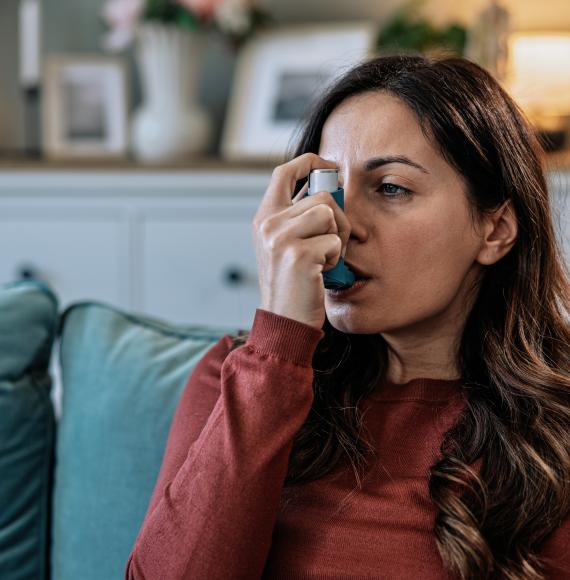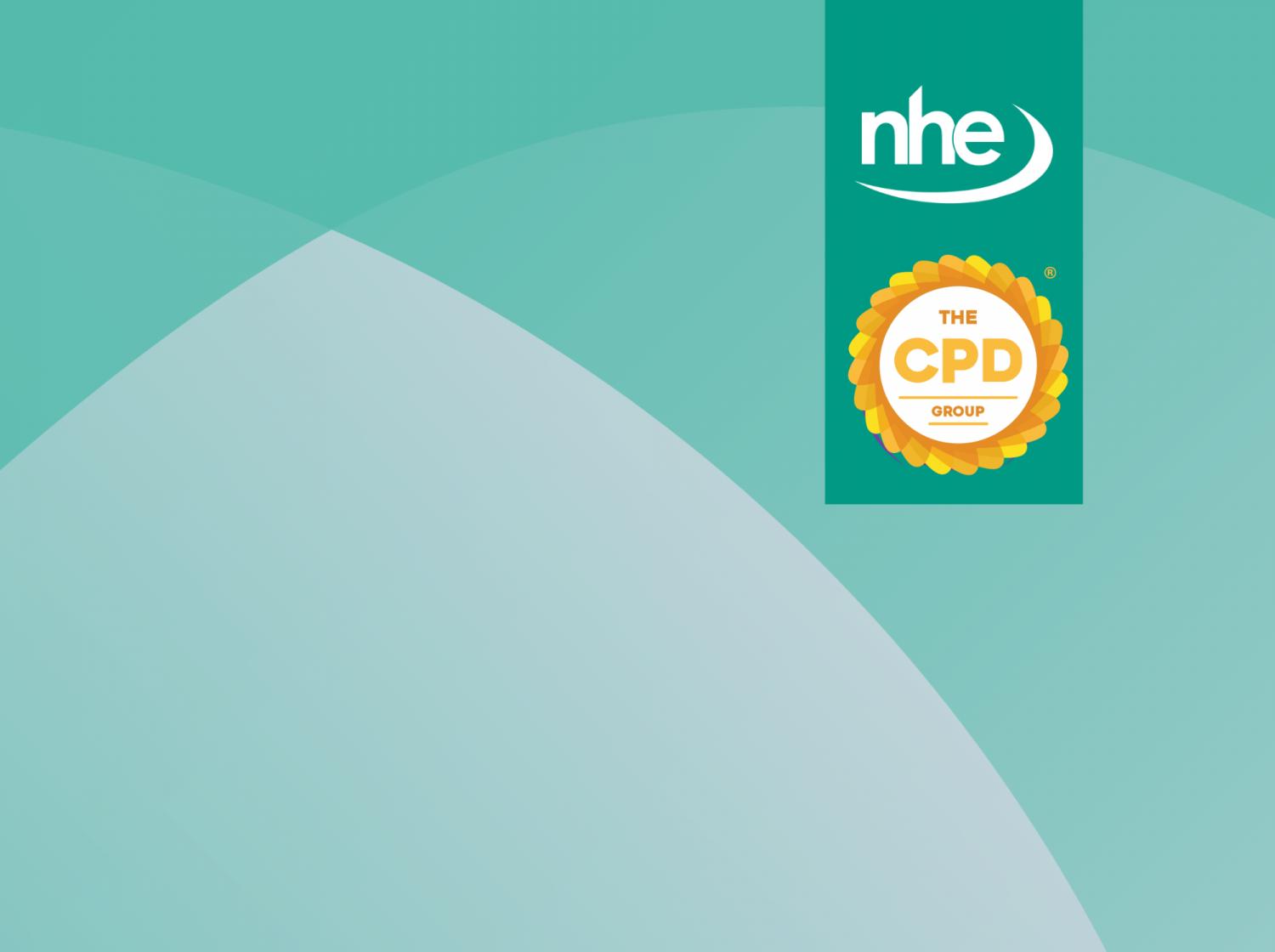A new National Institute for Health and Care Research-funded study has revealed that doctors can simplify the treatment of the most common fracture in children, subsequently reducing NHS expenditure.
The research, conducted by the University of Oxford and called the FORCE trial, studied 965 children aged between four to 15-years-old with a radiologically confirmed torus fracture of the distal radius.
Torus fractures – also know as buckle fractures – of the wrist are the most common type of broken bone in children, with an estimate of approximately 60,000 children in the UK alone suffering from a torus fracture every single year.
The children in the trial were randomised equally into two groups, with one group receiving a bandage and no follow-up, whilst the other group of children were given a rigid splint accompanied by the usual outpatient follow-up.
Patients were then asked to record their level of pain, quality of life, recovery using the arm, school absences, and any complications they encountered for a six-week period after their treatment.
The researchers found that both methods of treatment resulted in an equal health outcome and that a simple bandage with no planned follow-up is equally good at restricting movement as a hard splint with a planned outpatient follow-up.
Daniel Perry, Associate Professor, Orthopaedics and Trauma Surgery at NDORMS at the University of Oxford, said: “It is a common belief amongst both families and clinicians that a fracture needs plaster cast immobilisation to ensure adequate healing.
“However, evidence suggested that a bandage or no treatment was just as effective. We started the FORCE trial because it was not clear how much difference each treatment made to a patient’s recovery.
“FORCE highlights the over-treatment that happens in many parts of practice. As doctors, we’ve always been taught to splint all broken bones – though in reality we know that many children with this injury present to hospital after several days as their parents considered it a wrist sprain, and indeed many almost certainly never come!
“As clinicians, we need to shift our mindset to consider buckle fractures as a wrist sprain and treat it with love and reassurance. With more research, perhaps we can move to a situation where we don’t even x-ray many wrist injuries in children.”
National and international guidelines for treating a broken wrist vary somewhat, with doctors prescribing a plaster cast, a hard splint to immobilise the wrist, or just a simple bandage – no standardised treatment process has been decided on yet.
By using the analysis in this study, the NHS could save crucial costs when it comes to rehabilitating one of the most common injuries in children.
More information on the FORCE trial is available here.



